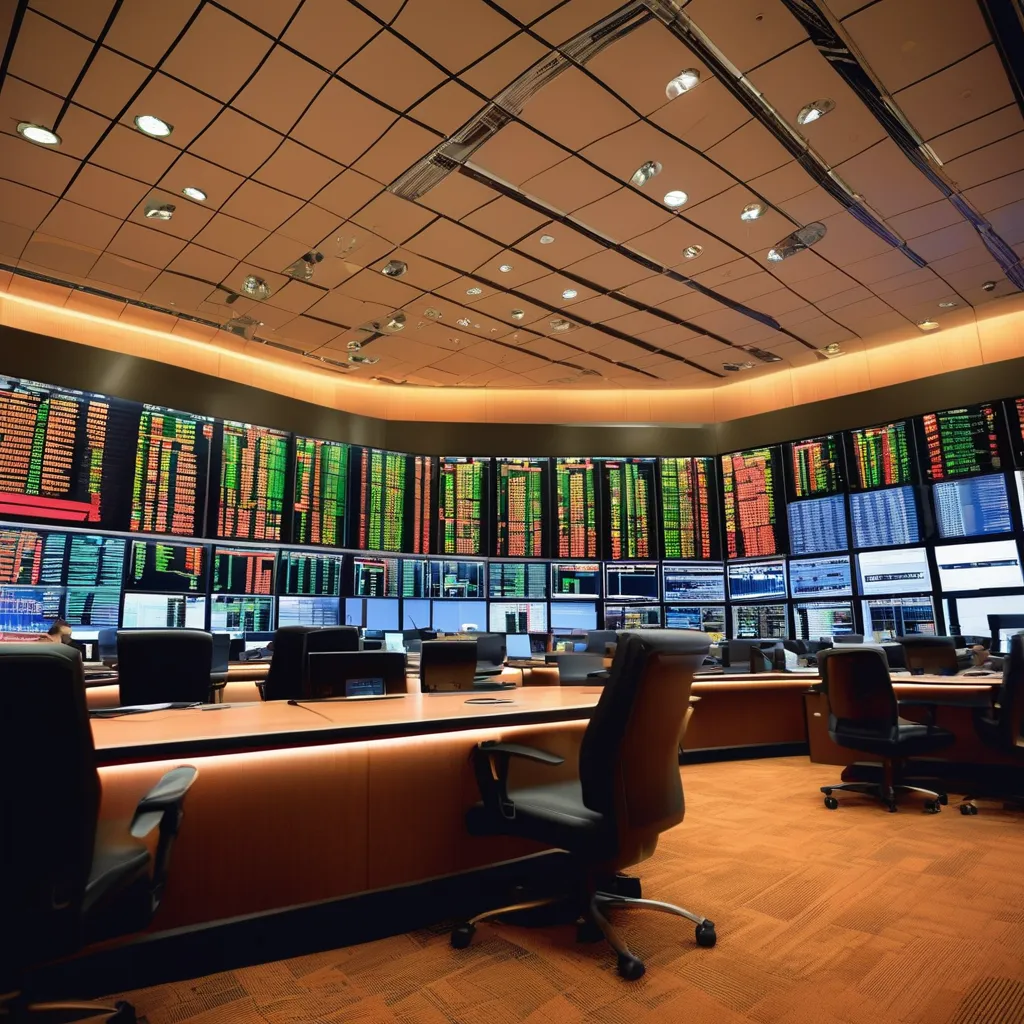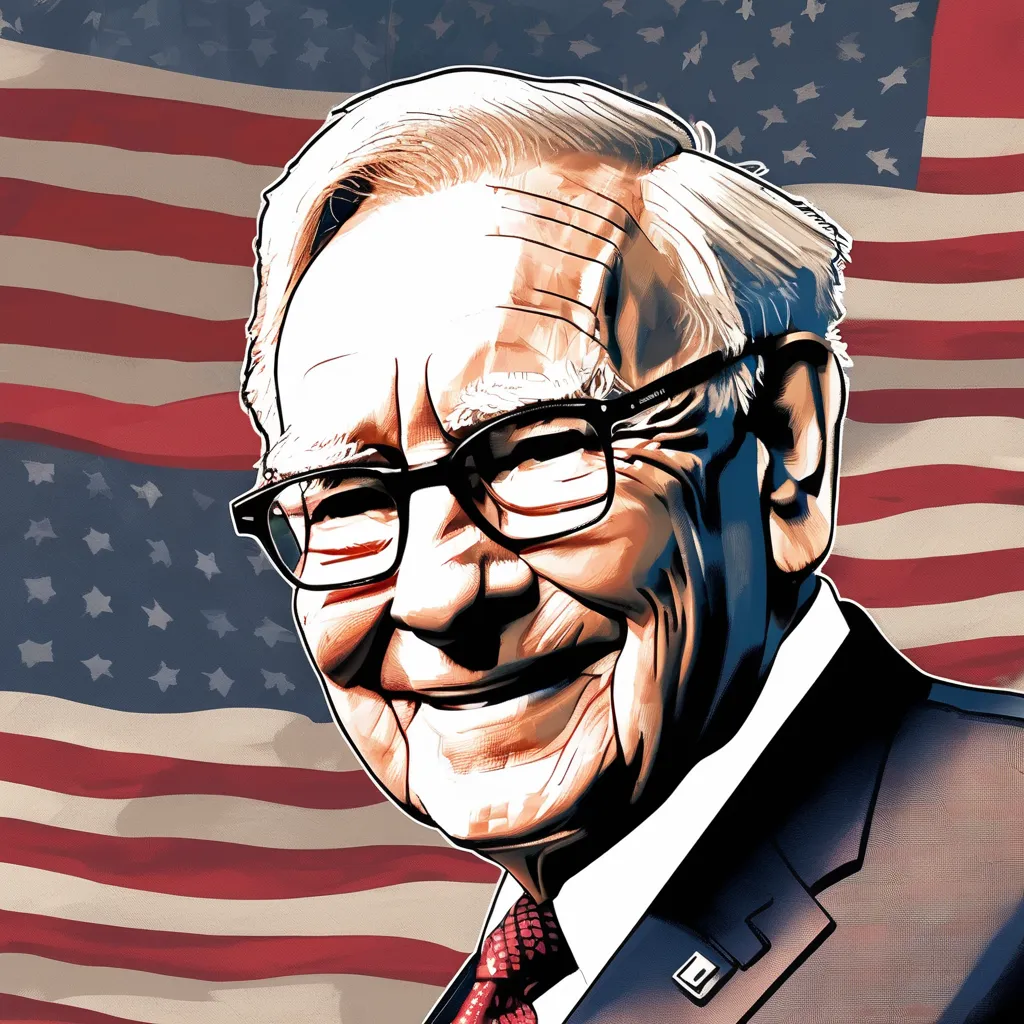How to Prepare for a Stock Market Crash
What about the case when the stock market will crash? It’s happened time and time again. This is the scary truth. However, it doesn’t have to be a bad thing as long as you’re properly prepared. You can benefit from the chaos. I’ve been investing for more than 25 years and during that time, I’ve experienced lots of these crashes. However, I always seem to come out the other side wealthier than before. Today, I want to share the knowledge that helped me make money through multiple market crashes. By understanding these strategies, you can spot the warning signs of a crash and use them to your advantage.
How Common is a Market Crash?
There are three different types of market declines:
1. Market Correction: This is the most common type of decline, defined as at least a 10% drop from a recent high. These can be caused by various factors but think of it as the stock market realizing it’s getting a bit expensive and cutting back prices. On average, these have happened around every 1.2 years since 1980.
2. Bear Market: The second most common type of decline is a bear market, which occurs when prices have dropped more than 20%. Since 1932, these bear markets have popped up on average every 4 years and 8 months. They tend to drag the market down for about 289 days or roughly 9.6 months. Sure, that sounds like a long time, but keep in mind that bull markets, which is when the market is going up, usually last around 965 days or 2.6 years.
3. Stock Market Collapse: The third type is a stock market collapse, which I classify as an over 30% drop in the stock market, normally within a very short amount of time. Although these are very uncommon, they can happen.
The main takeaway from all of this is that if you aren’t ready for the stock market to go down sometimes, then you shouldn’t be investing in stocks.
How to Spot a Market Crash
Let’s discuss the three phases of a market crash, so you’ll know what to look out for. I’ll also share the strategies I use at each stage, backed by real-life examples from my experience. This way, you’ll be better prepared than most investors. Remember, I’m not a financial advisor, and this isn’t financial advice. I’m just sharing what’s worked for me over the years.
Phase 1: The Euphoria Phase
This is the stage where the market is at its peak, and irrational excitement drives prices to unsustainable levels. During this stage, everyone is happy and flying high. When I start seeing this blind happiness, I prepare my investments for when everything comes crashing back to reality.
Before the 2008 financial crisis, there were a couple of things that made me cautious about investing. First was the boom in consumer spending. Everyone had money; they were spending thousands, and the economy was thriving. A more recent example of this is the NFT craze a couple of years ago. Never in a million years would I have thought that people would buy JPEG image files for millions of dollars. Things like this are a clear sign of too much money in circulation.
The second thing I noticed in 2008 was the increase in the number of people buying houses or refinancing. It was easier than ever to get credit as the housing market was booming, which meant if people were unable to pay their mortgages, then the banks could take back the properties without losing any money.
Now, it’s one thing noticing these little clues, but it’s another thing actually taking action and preparing yourself. Between 2007 and 2008, I could have just gone along with the crowd, as the general herd mentality was that everything was great and nothing would ever go wrong. But instead, I started to prepare my investments for the worst. At the time, lots of my friends and fellow business owners didn’t quite understand the decisions I was making. They may have even seen me as a bit of a coward, but from my perspective, I don’t think they understood how much risk they were taking.
So, if your senses start tingling, these are some of the things you can do to prepare yourself for the worst:
1. Evaluate and Minimize Your Risk Level: Personally, I’m not focused on chasing crazy high returns as that’s unsustainable for the long term. I just want to be making reasonable gains consistently so my money compounds. I always think about the story of the tortoise and the hare. I know it might sound boring, especially coming from a boomer, but slow and steady does win the race. If you’re new to investing, there’s a high chance you haven’t experienced a real market crash. It can be horrifying to see your portfolio halving in value and sitting deep in the red for a brief period of time. So, you have to ask yourself if you could mentally handle this kind of drop without selling your investment.
2. Reduce Your Leverage: On one hand, leverage is a great way to accelerate wealth, but it can also be very dangerous. If a stock crashes too far, then your investing platform may issue a margin call, which means you have a limited amount of time to pay off your debts. If you don’t, your brokerage may sell your stocks at the bottom of the market to recover the money you borrowed. If this is something you’re considering or even doing, then, if I were you, I would be paying some of this debt off. I never use margin, but that’s a personal choice, and I’m well aware that by not taking on this risk, I’m missing out on some potential profits. The truth is, I’ve seen too many of my friends go from millionaire status to broke in the blink of an eye, and now I just stay well clear of it.
3. Save Extra Cash in a High-Yield Savings Account: I know I bang on about having an emergency fund of 3 to 5 months of your living expenses, but I’m talking about saving even more. I did this between 2007 and 2008. From the outside, it looked a bit strange. The market was booming, but by leaving my money in the bank, I wasn’t taking advantage of it. However, I noticed that more and more people were getting interested in investing, which tipped me off that there was a bit of a bubble forming. When everyone starts getting comfortable with the idea of investing, it can be a sign that things are about to pop, as pricing is being propped up by inexperienced investors. The trouble is that, at the first sign of a crash, lots of these people panic sell, which drives the prices down even further, leading to a spiral of doom.
4. Diversify Your Investments: Make sure your investments are properly spread out. This is called diversification, and it’s one of the best ways to help withstand a market crash, as you haven’t got all your eggs in one basket. You never know what sector is going to be hit the hardest. During the good times, it can be very common for people to do very well with one or two stocks and end up with most of their money focused on only a couple of different companies. Even if they start out with lots of different stocks, it can almost seem silly to put your money into other things when one stock outperforms all your others.
Let’s use some of my favourite stocks as an example. Say you have $1,000 to invest. Now, you could put all of that into Tesla with the hopes of it going to the moon, but if Tesla gets hit the hardest in the market crash, it won’t be great news for your money. Whereas investing in a total US stock market fund would spread your money across multiple different industries. Nobody can predict if the stock market is going to go up or continue downwards. However, diversifying goes some way to reducing your risk. Yes, you can’t guarantee returns, but at least you’re investing in a broad range of sectors.
Phase 2: The Reckoning Phase
I like to call this phase the Reckoning Phase because everyone gets rudely punched in the face with the truth, and only those who know how to navigate it will be able to hold their nerve and make some money. This is the phase where the reality of overvaluation sets in, triggering widespread panic and sell-offs. In this phase, the stock market just comes tumbling down, and it’s next to impossible to be unaffected. Even my son knew something was happening in 2008, and he was only 10. The number of customers that came into my hobby stores halved overnight, and even when they did come in, they didn’t spend anything. On the bright side, I had lots of products which I owned, and my warehouses were full. It was sort of a bit like a safety blanket, I suppose.
In 2008, I saw dollar stores opening up everywhere. It was the perfect mixture of demand for cheap goods and supply of products from failing businesses. Even if you managed to predict all the signs of the crash and prepared correctly in Phase One, Phase Two is really where you get tested. It’s more about human psychology, as most people’s initial reaction is to sell their investments and cut their losses. You need to seriously ask yourself what you’re going to do when the market goes down. Everyone says they’re long-term investors until the market crashes. It’s very easy to be a long-term investor while everything’s going up. If you believe in your investments, then you have to hold firm.
To have this kind of belief, you need to know why you invested in something. That’s why it’s so important to understand the fundamentals of a company before investing in their stock. This reminds me of a story Peter Lynch once shared. He’s a well-known investor, and back in the day, he bought shares in Kaiser Industries when they dropped significantly. The company had zero debt, making bankruptcy very unlikely. He thought to himself, “How much lower can it go?” But the price kept dropping to under $10. He was shocked but held on. Then the stock eventually rebounded to $50. The point is, if you don’t understand the company, what will you do when the stock keeps dropping? Probably sell and lose out on potential gains.
This applies to index fund investors as well. A study by Fidelity actually found that if you invested $10,000 in a simple S&P 500 index fund between January 1, 1980, and December 31, 2022, you would have $1,082,900. So, you might think you’re being smart by timing the market, but in the long run, you’re probably only going to hurt your own profits. But if you believe in your stocks for the long term, there is a lot more to it than just holding firm.
In 2008, I saw what the dollar stores were doing, and instead of seeing a competitor, I saw an opportunity. If they could buy things for a bargain price, then it must mean there were amazing deals available. So, I went out hunting. I went on a bit of a buying spree over the next couple of years and acquired lots of different assets, including stocks and even entire businesses. I knew that I would be unable to time the exact bottom of the market, so I invested every week. This is called dollar-cost averaging. Cash is really king. If you have cash, you can snap up some amazing investments during this time. That’s why it’s super important to keep a steady income and supercharge it with a side hustle during times like these, as the more assets you can invest in, the better you’ll probably end up doing in the next phase.
The bottom line here is that while some choose to panic sell and lose all their money, others choose to double down and buy the dip, which, if done correctly, can make you a fortune. I feel like I should also mention that some investors like to short stocks, which is basically betting that a stock will go down. It’s not something I personally do, but people like Michael Burry have been very successful with this strategy. If you want to know more about this, then let me know in the comments. I also recommend “The Big Short” if you feel like watching an entertaining and informative investing film.
Phase 3: The Phoenix Phase
In this final phase, the market begins to recover and rebuild, rising from the ashes of the crash. It usually pushes above and beyond the last market highs. I noticed that four years after the 2008 crisis happened, just after the London Olympics, things started to improve. Businesses were hiring, and money was a bit easier to come by. But even though people started to have cash again, the mentality of not spending carried through for a while, so it was another four years really until everything was back to normal.
I’ve experienced a lot of crashes. I’m talking Black Monday, the dot-com bubble, the 2008 financial crisis, and the 2020 pandemic. One of the key lessons I took from all of this was that a bull market almost always follows a bear market and that the seeds of your fortune are often sown in times of crisis and uncertainty. As long as you’re able to handle your level of risk and you’re buying into the stock market consistently with a diversified portfolio, then you stand a much better chance than most at making some real money.





Leave a Reply